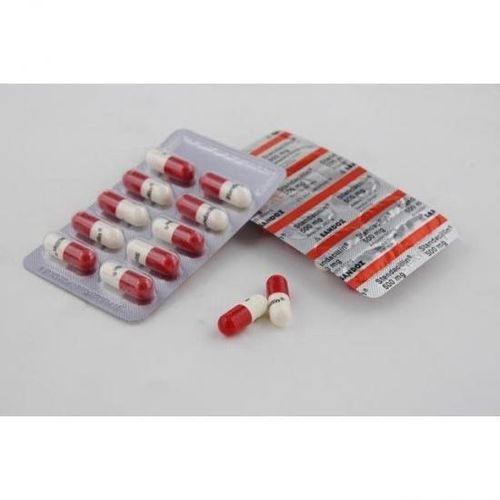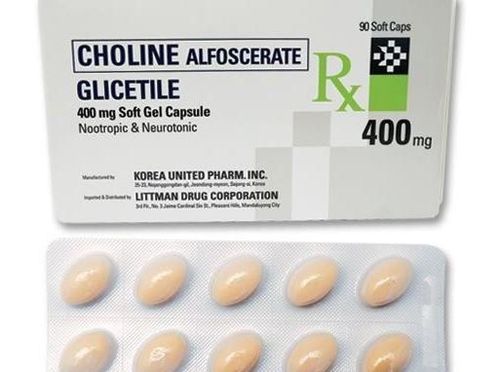This is an automatically translated article.
Fracture, subsidence of the skull is a serious form of traumatic brain injury that carries an extremely high risk of death. The main causes are often traffic accidents, labor accidents, daily life accidents, etc. Surgery for skull fracture and subsidence is a difficult technique, requiring doctors to have very high professional skills and many skills. years of experience to perform.1. General understanding of skull fracture and subsidence surgery
Cranial depression is a condition in which the outer plate of the skull is broken and lies below the normal inner plate of the skull in surrounding locations. This is the most common type of traumatic brain injury and requires proper surgical emergency management. Wounds when skull subsidence can be clean or dirty, closed or open, and can occur at any location on the skull such as the base of the skull, temples, occipitals, forehead, and top of the head.Open skull subsidence is more serious than closed skull subsidence because the risk of infection into the skull is very high, especially in the case of skull depression in the venous cavity. Most patients with skull fractures and subsidence are indicated for surgery and use a combination of antibiotics, broad-spectrum and encapsulation for about 2-7 days.
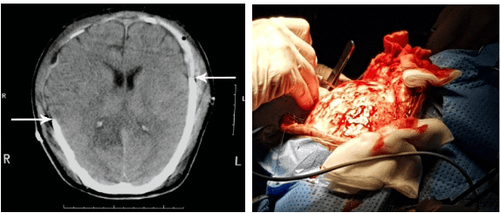
Vỡ, lún xương sọ là dạng chấn thương sọ não nghiêm trọng
2. Some cases need to be noted when surgery breaks, sinks skull bones
Some cases that we list below need to be indicated with caution before performing surgery for skull fracture and subsidence:The wound is clean, the risk of infection is low, and it is far from the site of the skull depression. Upon examination, no evidence of a dural tear was found. The area of skull subsidence is less than 1cm. The depression is not related to the frontal sinus. Intracranial examination showed no large hematoma. Does not affect the aesthetics of the patient.
3. What to prepare before performing surgery for skull fracture and subsidence?
3.1. The person performing the surgery
The surgeon is a neurologist with extensive experience in the field of skull fracture surgery. 2 surgical assistants. Anesthesiology team includes: Primary Anesthesiologist, Assistant Anesthesia Technician, Anesthesia Assistant. Instrument preparation team: Instruments inside and outside the operating team.3.2. Patient
Patients will be diagnosed, perform biological tests, assess the overall condition of the injury, combine with treatment and nurture to be eligible for surgery. Before performing surgery, the patient and family will be clearly explained about the disease condition, the possibility of surgery, the common complications caused by surgery, anesthesia, pain medication .. Or some influence due to the patient's own body. The patient needs to take a shower, wash his hair, and depending on the injury, the patient will be assigned to cut his or her hair or not. Before surgery, the patient should fast for 6 hours.3.3. Surgical Instruments
Surgical instrument set. Specialized neurosurgery instruments. Medicine. Infusion3.4. Estimated time of surgery
Usually, the average time to perform surgery to crack and sink the skull is about 1 and a half hours. It may take longer depending on the condition of the patient's wound.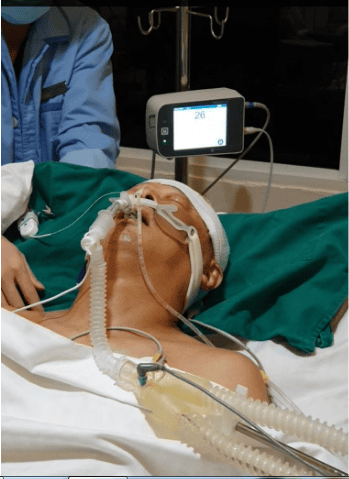
Phẫu thuật vỡ, lún xương sọ
4. Steps to perform surgery for skull fracture and subsidence
4.1. Surgical posture
Depending on the location of the wound, position the patient in the most appropriate way.4.2. Implementation technique
Usually, general endotracheal anesthesia is performed. Determine the location of the skin incision in the shape of a U around the skull depression or according to the location of the wound. Treatment of lesions: Dissect the subcutaneous tissue in the injured area to clearly reveal the broken bone pool. Note that the inner plate of the skull is always more dilated than the outer one. Next, lift the pool of broken bone, while trying to preserve the meninges. If there is a foreign body, it must be removed during the procedure. If the patient's meninges are torn, they must be sutured closed and restored as much as possible. The broken bone must be cleaned and repositioned, unless the bone is broken into too many pieces and becomes contaminated. Suture the dura, placing an external drainage of the dura. During the procedure, it is necessary to have good hemostasis to avoid epidural hematoma. Close the incision in 2 layers (required), possibly with drainage.4.3. Some special cases
This case is common in children under 1 year old, if there is little subsidence, the indication for surgery depends on factors such as hematoma or accompanying dural tear or not. In case of severe subsidence, surgical or surgical intervention is required. Tip: Drill a small hole next to the settlement area and use the tool to press the subsided bone. Skull subsidence in the venous cavityFor the case of cranial depression in the venous space, conservative treatment will be given in case the patient does not have a spinal fluid leak or sinus obstruction. If the patient has a venous sinus obstruction, surgical intervention is required, depending on the location and extent of the injury to take appropriate measures. After surgery, the patient should be treated with anticoagulants.
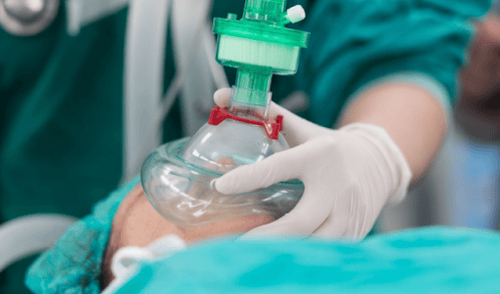
Thực hiện phương pháp gây mê nội khí quản toàn thân trước khi làm phẫu thuật
5. Monitoring and managing complications after surgery
Monitor patient's conditionCheck breathing ability, measure blood pressure. Postoperative neurological status. Cranial drainage. Meningitis. Management of complications after surgery
Bleeding: It is necessary to check and re-operate, conduct blood transfusion immediately after detection. Use antiepileptic drugs if the patient has symptoms. Meningitis : Aspiration. Contact Vinmec International General Hospital here for advice and answers to questions about skull fracture and subsidence surgery.





